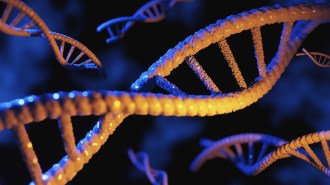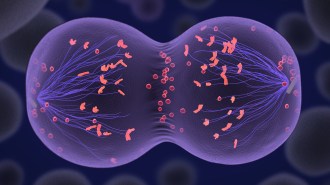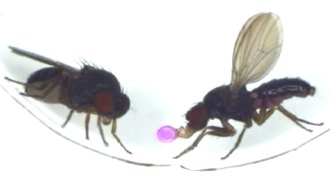Koala genome may contain clues for helping the species survive
The marsupial’s numbers are declining in the Australian wilderness
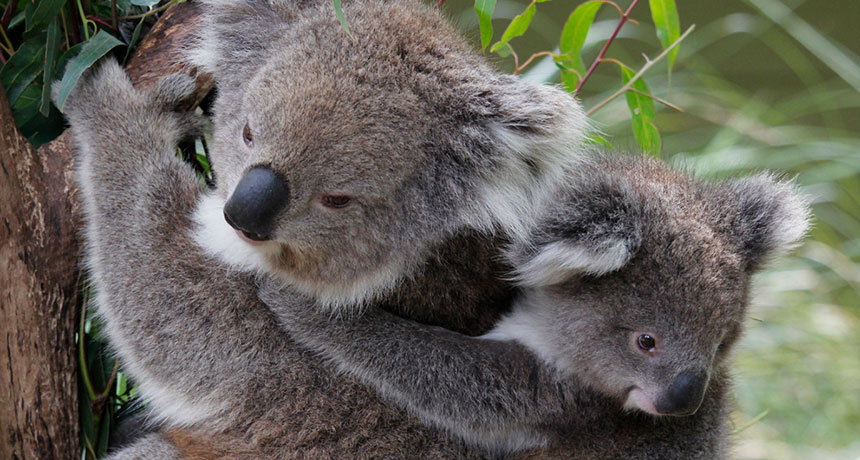
KOALA CUTENESS A detailed look at koalas’ newly mapped genome may help researchers understand why the animals are dropping in number in the wild.
Robyn Cox/Flickr (CC BY-SA 2.0)
- More than 2 years ago
Koalas have joined the menagerie of creatures with fully deciphered genetic instruction books, or genomes. A large team of researchers published the detailed look at the koala genome online July 2 in Nature Genetics.
Why do we care? Lots of people love koalas. The iconic animal draws at least $1.1 billion in Australian dollars in tourism every year, according to the New South Wales government. But the number of koalas in the wild is declining, and researchers are combing the genome for clues about how to save the creatures.
Already, scientists have found that some koala populations are less genetically diverse than others. The genetic diversity survey also showed that koalas from different sides of some geographic barriers don’t mix often. Brisbane Valley and the Clarence River were already known to separate koala populations, but the new study found that a region called Hunter Valley is a barrier, too. Armed with that knowledge, conservationists may be able to devise new strategies for limiting inbreeding and keeping koalas genetically diverse.
How many genes does a koala have? 26,558. Researchers had previously counted only about 15,000 koala genes, but new techniques allowed scientists find more.
Is that a lot? Yes, depending on what organism you’re comparing it with. That’s more than the newest estimate of 21,306 protein-producing genes in humans. But plants often have thousands more genes than animals do.
The koala’s genome is also bigger than the human genome. Humans have about 6.4 billion DNA base pairs (the chemical building blocks of DNA); koalas have about 7 billion DNA base pairs.
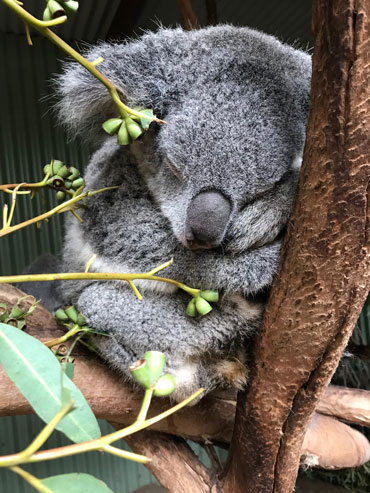
The study also sheds light on why koalas are such picky eaters. Even though there are more than 600 species of eucalyptus, koalas dine on only about 20. It turns out that koalas have 24 bitter taste receptor genes — useful for detecting terpenes and other toxic chemicals — more than any other type of Australian marsupial. Koalas also have six times as many genes involved in smell as other marsupials do. Together, the smell and taste genes may help koalas select species of eucalyptus with the most nutrients and fewest toxins.
Koalas also have dual copies of the aquaporin 5 gene, which may help the animals seek out the most succulent eucalyptus leaves. Most of a koala’s water intake comes from the leaves.
Fun facts: On average, koalas spend 14.5 hours a day sleeping. Resting while awake takes up about four to eight hours. Eating consumes another four to seven hours. Only four minutes of the day is spent traveling.
Koalas have proteins in their milk that may help protect baby koalas in their mothers’ pouches from chlamydia and other bacterial or fungal infections.




